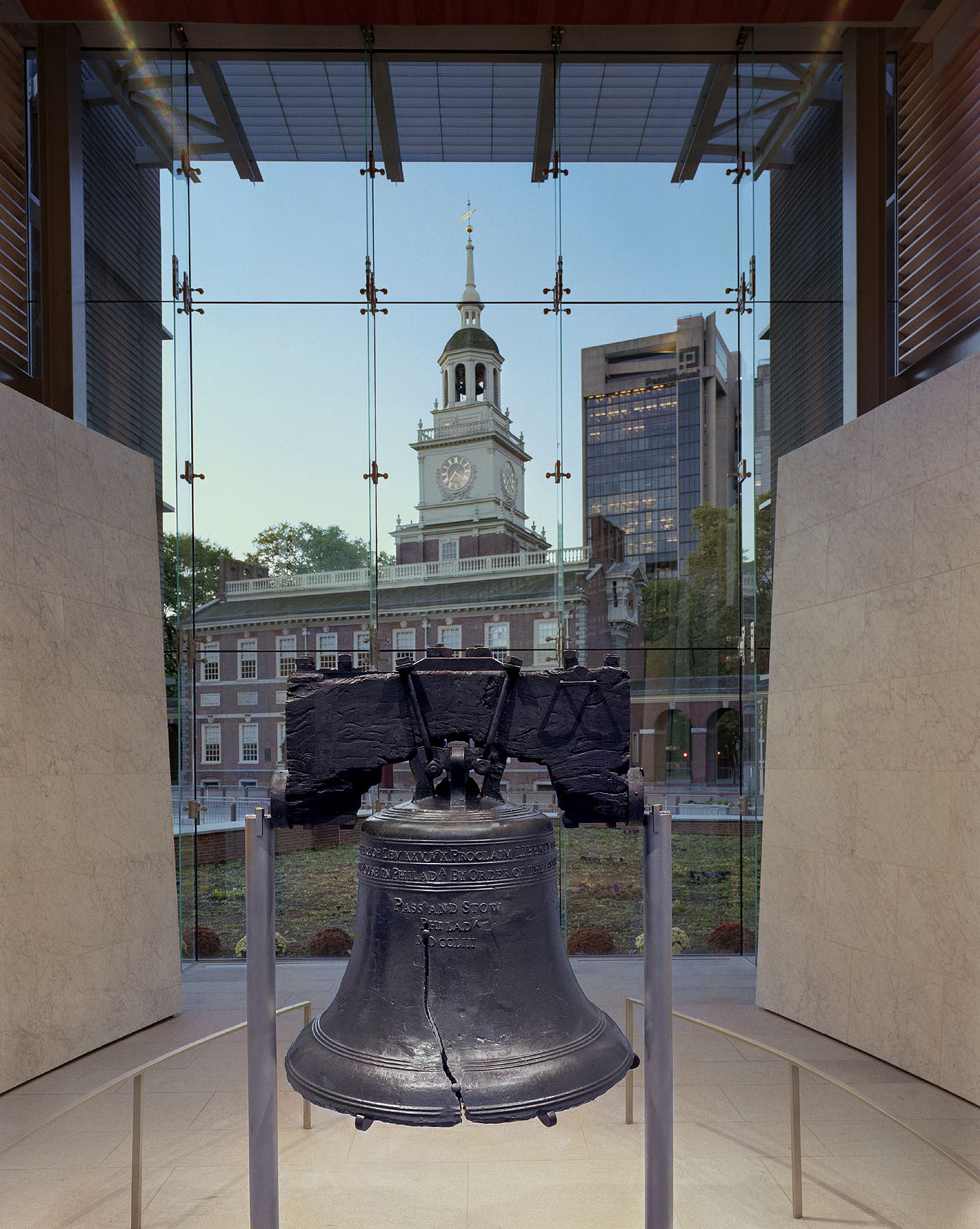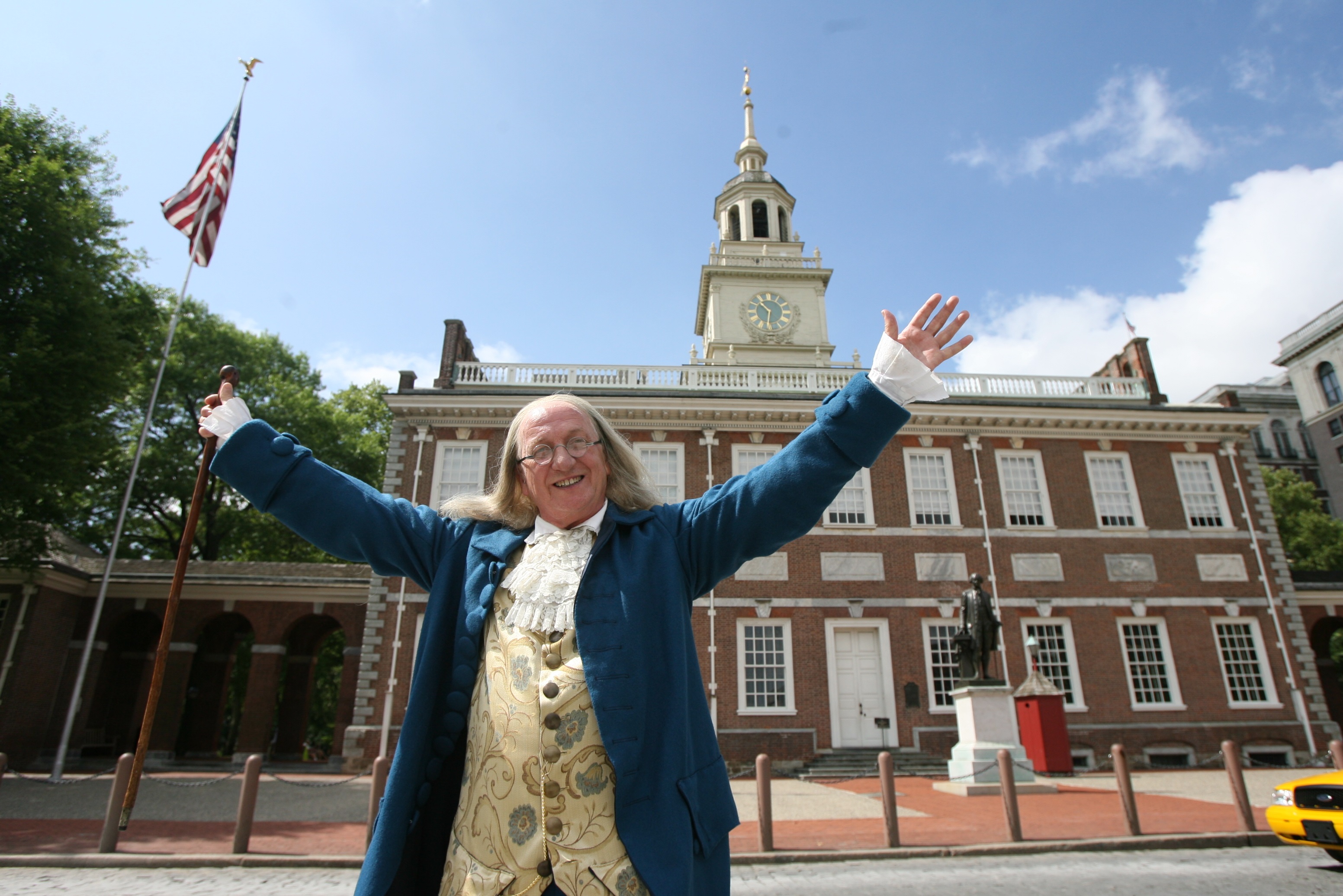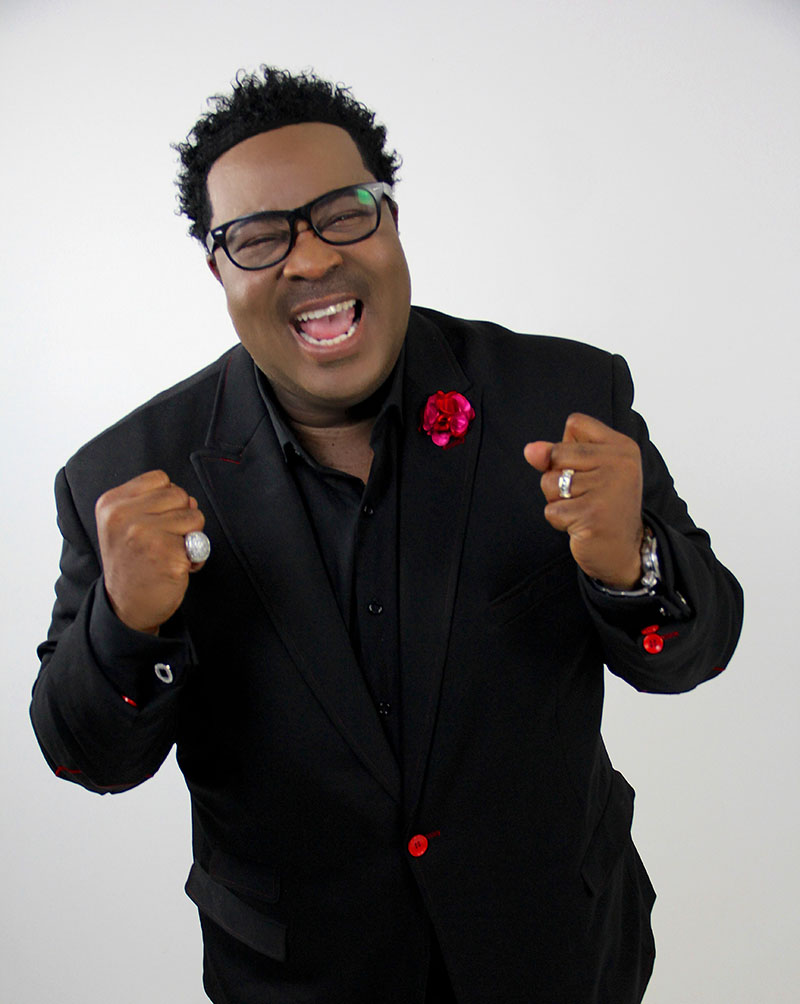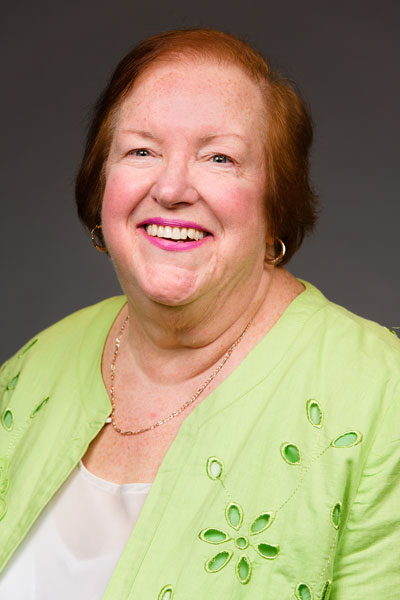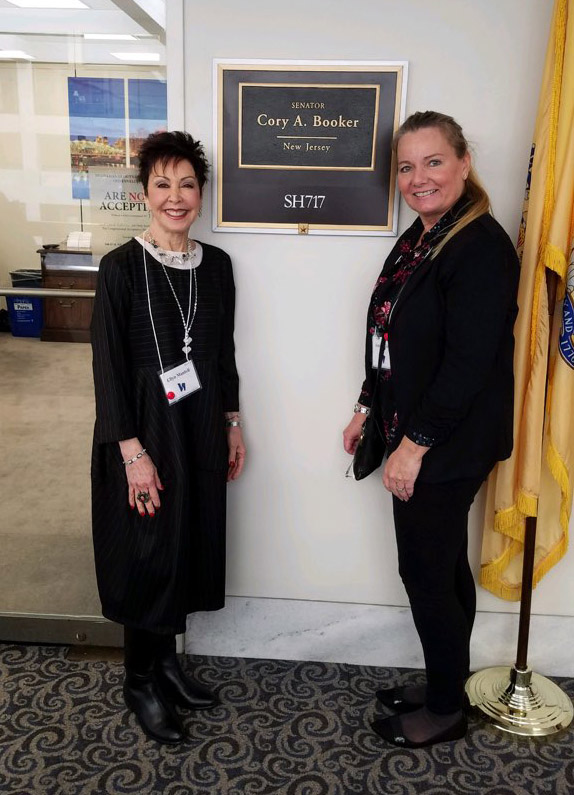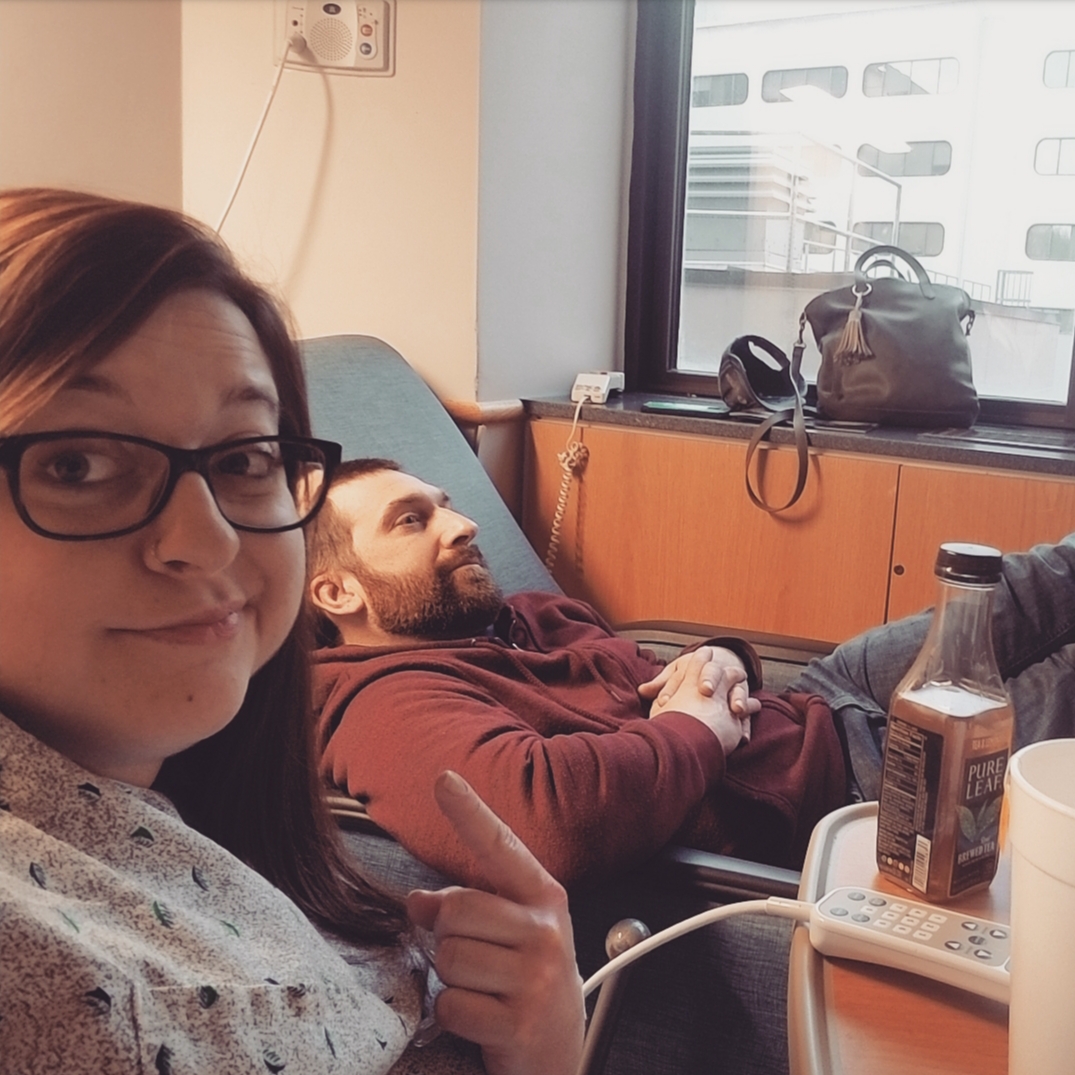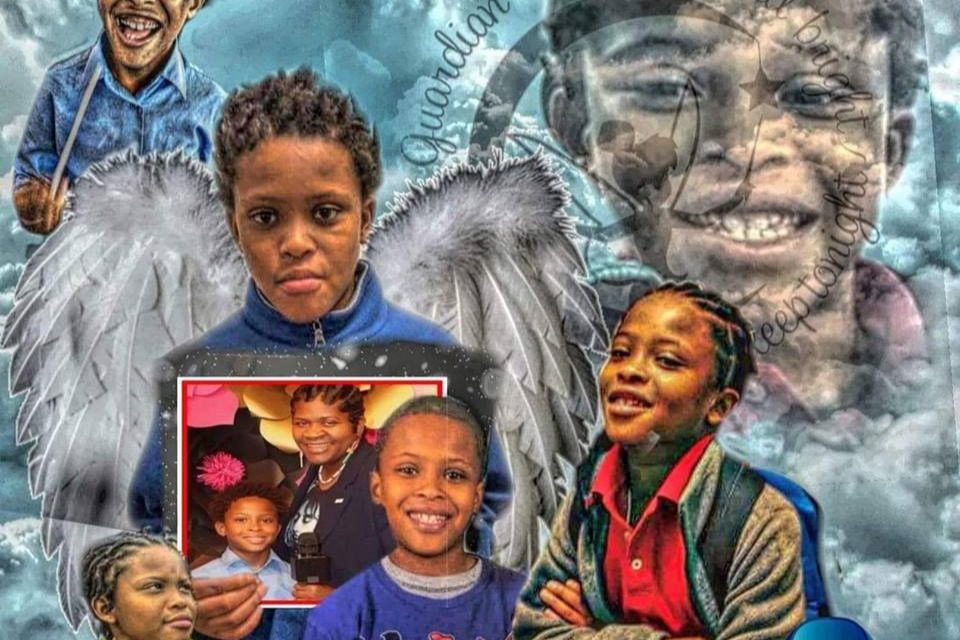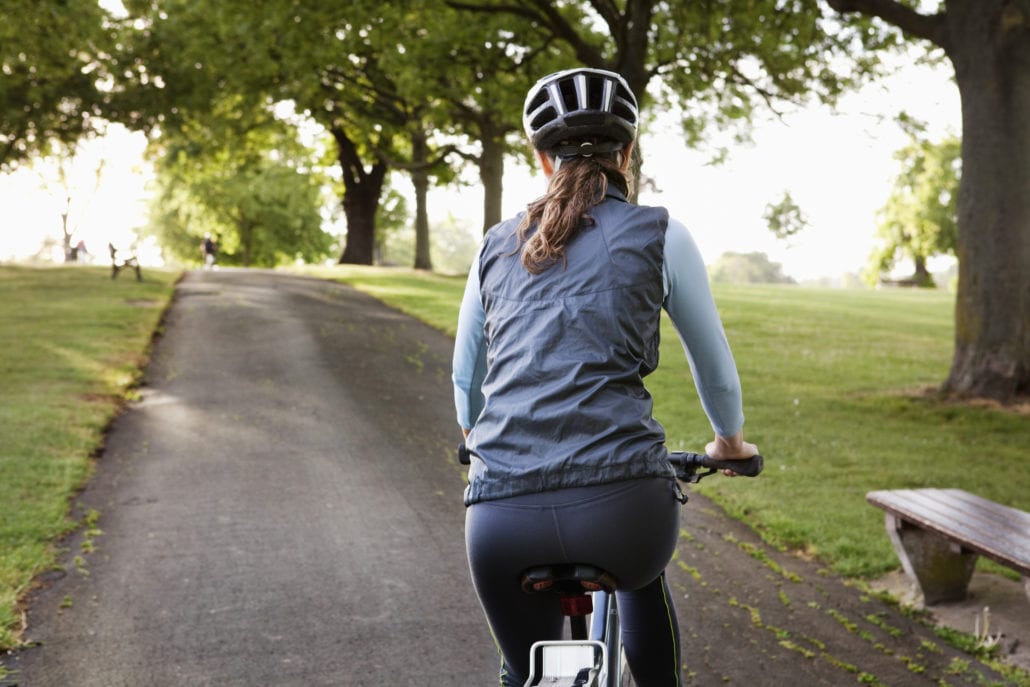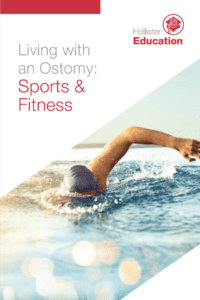By Elaine O’Rourke
During the winter of 2005, I went from being an active, strong, 35-year-old yoga teacher to being completely debilitated, feeling like I was 100 years old and barely able to move or walk.
An extreme flare-up of Crohn’s disease resulted in a temporary ileostomy which was then made permanent after a year. I was down to skin and bones and had lost most of my muscle mass. My hips and whole body hurt when I slept as I was so skinny. There was very little that I could do. My body just needed to rest as it took too much energy for anything else.
When I began to regain my strength after my temporary ileostomy, I had a renewed appreciation for walking and what a good simple exercise it is. Just getting out for fresh air, step by step, seeing people and walking the beach. I had missed simply going to shops. Ahhh, to be able to move again, what a gift.
I had never considered going for my daily walk as a “gift” until I couldn’t do it. For many people, including myself, it’s not until things start going wrong that you realize how much you take your health for granted.
As I recovered I was able to slowly get back into my yoga practice and doing everything that I wanted to do. In fact, last year I started surfing which is now my greatest passion. It was previously the one thing I thought I could never do with an ostomy.
My point being, having an ostomy does not mean you can’t exercise or do sports. Just do them mindfully and within your limits. Taking good care of yourself is now of utmost importance. Real self-care not only addresses how we take care of our physical bodies but also how we deal with our emotions and how we think. After all, everything is connected.
Life with an ostomy has a lot of pent-up emotions, thoughts, and challenges. The physical body also holds on to memories and traumas within its cells. This is why you may experience or even hear of people who recall things when getting a massage, or you might start crying when you get bodywork done or when you are moving mindfully in a yoga class. The “feeling experience” is providing a release for these memories.
In my program “Surviving to Thriving: Overcoming Ostomy Challenges so you can Live a FulFilling Life” I focus a lot on the mental and emotional issues that occur but also on the importance of keeping active and making healthy lifestyle choices. As you journey into the New Year and decade what are the more tangible things you can do for your physical well-being? We all know that New Year’s resolutions go out the window by the second week in January, or that they never happen at all.
Instead, consider doing things that will contribute to your health and happiness and set a plan in place. If you find it hard to keep yourself motivated or don’t know where to start then reach out and contact me.
Strategy tips for self-care
1) Move your body
Buying a gym membership is useless– unless you use it! Our ancestors did not live sedentary lives, yet, these days in general, we are very attached to sitting around. Many people work at desks, sit in cars commuting and then sit on the couch to chill out! But our bodies are designed to MOVE.
Tip: Get up and walk around more, even set a chime to go off on your phone to remind yourself. As mentioned, walking is a great way to keep things moving and it’s free. Even a quick five-minute walk is beneficial. Meet a friend for a walk instead of coffee, or both! Move your arms over your head more. Add in some simple stretches. Basically, MOVE as much as you can as that is what our bodies are designed to do.
2) Food choice
If we think we are going to be “depriving” ourselves of something, then we will do anything we can to sabotage our best intentions. For example, If we say we are “giving up chocolate” then chances are we become obsessed with thinking about chocolate and our resolution only lasts a day! Your body is like a temple and keeping it healthy requires the right choices. This will affect your ostomy output, energy levels, muscles, organs, bones and joints.
Tip: Focus on adding in certain foods that you know will be healthier for you. Hint – these foods are mostly in the fresh produce sections of the supermarket. Before you eat and drink ask or even visualize how your body will respond, how your organs will feel, how well your GI tract will digest. Eat slowly, chew and enjoy your food. Notice how it affects your system, energy levels, and your ostomy output.
3) Make it fun
If you dread doing something, then it won’t get done. So find something that is enjoyable. Not everyone likes exercise or sports but there are many different ways that you can treat your body with more kindness.
Tip: Dancing is a great way to move. Maybe go out to hear live music where you can move on a dance floor, or take a dance class. Put music on at home that energizes you. Walk up and down the stairs a few more times. Use a fitbit watch as a way to incentivize yourself.
4) Schedule time for yourself
There are a lot of distractions that pop up during the day and before you know it, you haven’t done anything you intended to do and the checklist is still staring at you.
Tip: Schedule in your planner when you are going to do your (walk, fun movement, cardio class, yoga, meditation, etc.) Be consistent and try and have it at the same time and on the same days each week.
5) Know that you deserve it
There is nothing like a promise of a “treat” or “something special” or to plan out “bribery” if you do something! Self-discipline comes more naturally to some but it takes practice.
Tip: As you decide the new ways you are going to do things in 2020, also give yourself a promise of a self-care present when you complete your goals. As you try more nutritious food, exercising, moving your body (because that is what it is supposed to do) then treat yourself to a massage, tickets to a show, a work-out outfit (that you now must have because you actually enjoy exercise) a good book, and so on!
Elaine O’Rourke is the creator of the online holistic program “Surviving To Thriving: Overcoming Ostomy Challenges So You Can Live a FulFilling Life”. She is a certified Yoga Therapist & Teacher since 2003, Sound Healer, EFT & Reiki Practitioner, Recording Artist and International Retreat Leader. Her lighthearted and fun personality shines through her teachings/programs as she loves to inspire others. She is a contributing writer to the national Phoenix Magazine, presenter at the UOAA National Conference and speaker at Girls with Guts retreat.
A free guide is available: ‘3 simple ways to eliminate fears about your ostomy” by visiting Elaine’s website
www.ElaineOrourke.com
Elaine@ElaineOrourke.com

